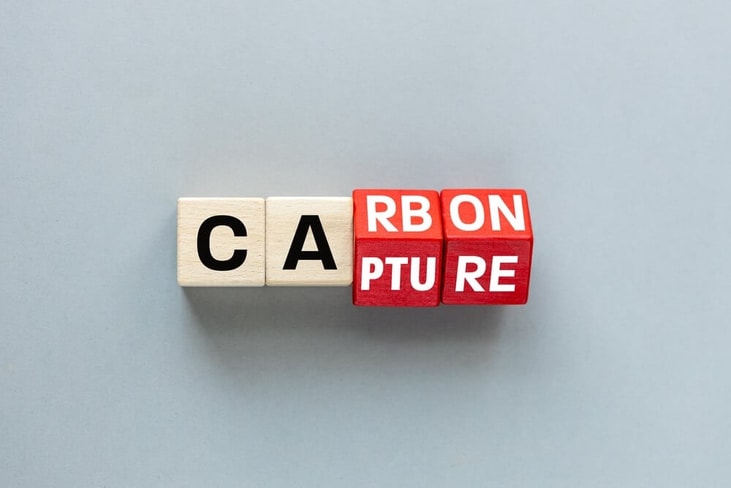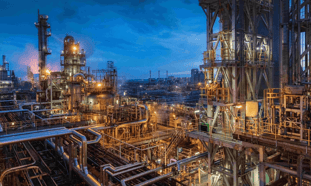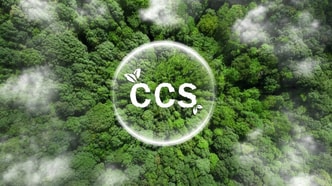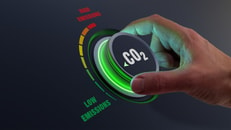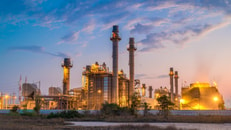Verra unveils new modules to boost direct air capture and storage projects
Verra has launched three new modules aimed at quantifying the impact of carbon dioxide (CO2) removal in direct air capture (DAC) projects.
The release aims to enable projects to accurately measure their climate contributions through high-integrity emissions reductions Verra’s Verified Carbon Standard (VCS) Programme.
The modules – VMD0056 CO2 Capture from Air (direct air capture), VMD0057 CO2 Transport for CCS Projects, and VMD0058 CO2 Storage in Saline Aquifers and Depleted Hydrocarbon Reservoirs – offer a framework for measuring and reporting carbon removal.
“With the release of the direct air capture with carbon storage (DACCS) modules, Verra offers another important pathway for catalysing finance for projects that advance critically needed climate action,” said Mandy Rambharos, CEO of Verra. “We urgently must advance all possible pathways, whether technology- or nature-based, that avoid, reduce or remove emissions.”
... to continue reading you must be subscribed

